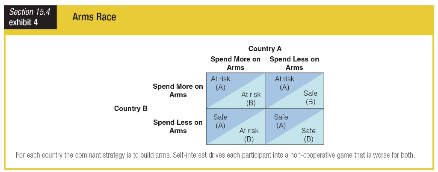If all the return to a resource is economic rent, we know that
A) the price of the resource is below its opportunity cost.
B) the price of the resource equals its opportunity cost.
C) the price of the resource is above its opportunity cost.
D) the resource has no opportunity cost.
Answer: C
You might also like to view...
Suppose the marginal value of bread in terms of wine is 1/2 bottle of wine per loaf of bread, while the relative price of bread in terms of wine is 1/4 bottle of wine per loaf of bread. Explain how the consumer can adjust his purchases to raise his level of satisfaction.
What will be an ideal response?
In order for a central planner to achieve the invisible-hand type efficiency of a free market, the planner would
a. need masses of statistics. b. be required to makes enormous calculations. c. need to be able to measure a consumer's marginal utility in order to equate MU with MC. d. All of the above would be required.
Aggregate demand grows because
a. patent laws protect and stimulate new inventions. b. there is more machinery and technology improves. c. the government increases its spending, a growing population increases consumer spending, and the Fed increases the money supply. d. All of the above are correct.
Which of the following statements sums up the arms race?

a. The dominant strategy for each nation was to spend less on arms.
b. Each country’s dominant strategy led to an inferior outcome for the world.
c. Self-interest drove each country into a cooperative game.
d. Each country’s dominant strategy led to a safer outcome for the world.